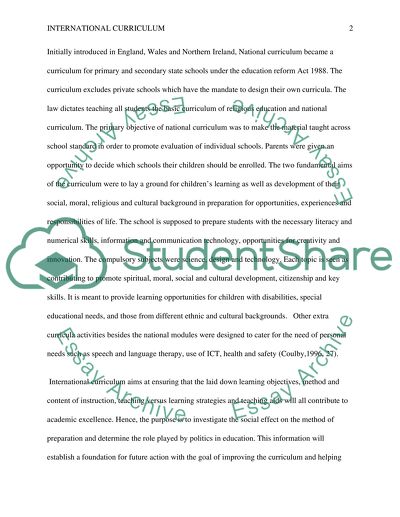Cite this document
(“International Curriculum. What impact does the International Primary Essay”, n.d.)
Retrieved from https://studentshare.org/education/1399132-what-impact-does-the-international-primary
Retrieved from https://studentshare.org/education/1399132-what-impact-does-the-international-primary
(International Curriculum. What Impact Does the International Primary Essay)
https://studentshare.org/education/1399132-what-impact-does-the-international-primary.
https://studentshare.org/education/1399132-what-impact-does-the-international-primary.
“International Curriculum. What Impact Does the International Primary Essay”, n.d. https://studentshare.org/education/1399132-what-impact-does-the-international-primary.


